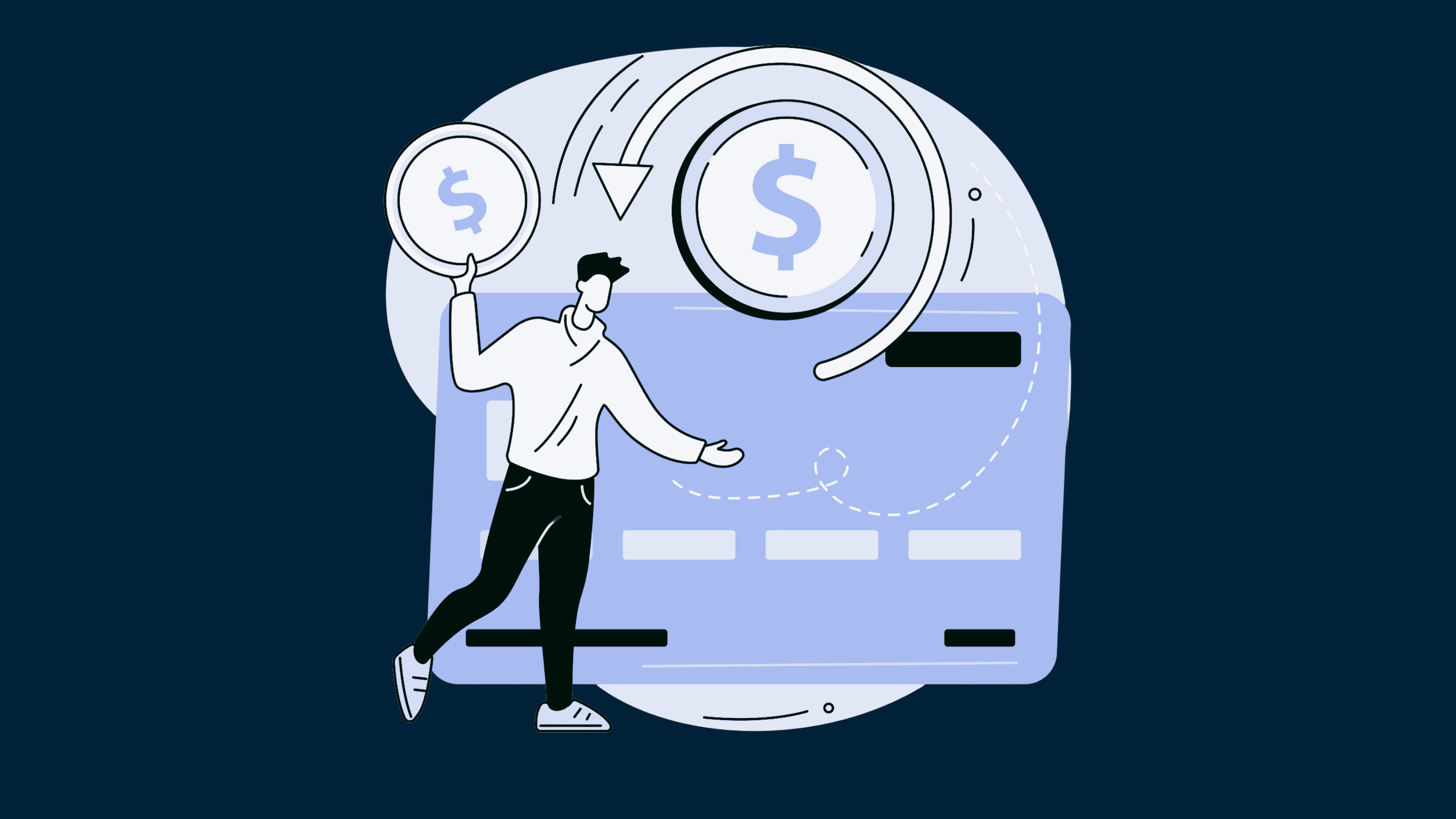A hallmark of the subscription economy is its promise of regular, recurring revenue. But what happens when billing…doesn’t recur?
Churn refers to the cancellation of service by a customer. Some degree of churn is unavoidable. In other cases, preventable churn offers a costly wake-up call for merchants living the recurring revenue dream.
Businesses tend to focus—for a good reason—on minimizing churn. However, some of this focus may contribute to an increase in chargebacks (payment card disputes), which can negatively impact your bottom line.
In this article, we discuss how best to strike a balance between minimizing chargebacks and reducing churn. We will discuss the difference between the two and how merchants should evaluate each. Then we will identify some higher-risk churn prevention strategies and suggest some compelling alternatives.
Chargebacks Explained
Chargebacks are forced payment reversals initiated by the cardholder’s bank. They are meant to protect consumers from falling victim to credit card fraudsters or being exploited by unscrupulous merchants.
Chargebacks are an essential mechanism of consumer protection. They help foster consumer confidence in card-not-present transactions, playing a pivotal role in the booming online economy. Many chargebacks, however, are filed for reasons outside of their intended use. These illegitimate payment disputes are commonly referred to as friendly fraud.
Utilizing an automated or recurring billing process puts merchants at a higher risk of friendly fraud for three reasons:
- Consumers often file chargebacks to relieve the burden of an unanticipated expense. Rebills can catch your customers off guard and frustrate their finances, motivating them to file a chargeback.
- Consumers seeking to dispute a recurring charge often dispute more than one. This means a single unhappy customer may translate to several chargebacks being filed against you.
- Some consumers often abuse automated billing. Banks are naturally suspicious of these types of transactions. Cardholders, therefore, are less likely to face scrutiny when initiating a chargeback.
Churn & Chargebacks: Understanding the Difference
Churn and chargebacks share some similarities. They both result in the loss of revenue and often mark the end of the relationship with your customer. It is therefore understandable for merchants to lump them together as unavoidable costs of doing business. This conflation, however, is a costly mistake. Chargebacks are far more damaging to your reputation and your bottom line.
First, the amount of the disputed transaction is just the tip of the iceberg. You will also be assessed fees and will be out any secondary fulfillment costs associated with the transaction. Receiving too many chargebacks will also increase the processing costs charged by your bank. The Lexis Nexis True Cost of Fraud study estimates that, for each $1.00 disputed, merchants incur a total cost of $3.36.
Second, chargebacks almost always indicate a very unhappy customer, while churn does not. As much as 40% of churn is involuntary, which is relatively easier to tackle. Customers who cancel are more likely to renew later than those who felt that a chargeback was their only option.
Merchants should understand that chargebacks are more problematic than they seem.
The Relationship Between Churn and Chargebacks
If you offer subscriptions, you want to take steps that discourage buyers from dropping your service. This can become a problem, though, if not done very carefully.
Cardholders can sometimes misinterpret the practices you implement to prevent churn and see them as deliberate obstructions. They might even suspect that you’re trying to force them to continue service against their will. If this happens, you can expect a chargeback to come along soon.
Here are a few common mistakes merchants make along these lines:
Making Cancelations Difficult
You can’t make customers jump through hoops to cancel their service, or they’ll simply file a chargeback instead. Examples include charging a cancelation fee, making the cancelation process unnecessarily opaque, or only accepting cancelations at certain times or under certain conditions.
Failing to Remind Customers of Rebills
This is especially important if you offer a free trial period, but you should still send customers a reminder before every rebill. Otherwise, buyers might see your charge show up on their statements, fail to recognize it, and file a chargeback after assuming it’s fraudulent.
Making the Terms Hard to Understand
Clarity is critical. Even though you want to retain customers, you still need to lay out the process for cancelations and other clear, plain language policies. If the customer gets confused, they may just say ‘forget this’ and file a chargeback to recoup their money.
Using the Wrong Messaging
It’s a good idea to initiate a reengagement campaign for customers who cancel service. However, you need to be clear in your messaging and explain that the service was canceled in precise terms. Otherwise, customers might misunderstand and assume that you’re still charging them.
These are a few of the most common missteps. However, it’s not an exhaustive list. There could be additional practices that might lead customers to file chargebacks rather than cancel service based on your product category, business model, audience, or location.
Reduce Churn Without Causing Chargebacks
It might seem like you’re caught between a rock and a hard place here. Taking steps to reduce churn and retain customers will inevitably result in more chargebacks…right?
Well, not necessarily. It’s possible to reduce churn without causing more chargebacks. There’s a delicate balance you need to strike between the two forces, though. Here are some practices you can implement to discourage churn without putting yourself at risk of chargebacks:
Allow Customers to Pause Their Subscription
A customer may enjoy your service but need to stop using it for a few months at a time. Rather than canceling, you can give the customer the ability to pause service simply. This lets them address their immediate need (such as to reduce costs), then merely restart service later.
Offer a Temporary Discount
Discounts have a powerful psychological effect. If a buyer is considering terminating their service, try offering them a temporary discount code as an incentive to reconsider. The messaging should be clear, allow for easy cancelation, and provide the discount as an optional alternative.
Use Rebill Notifications
Customers may understand the value of your service but start to take it for granted over time. You can use rebill notifications to remind customers of your value proposition subtly. The messaging you employ is important, though; you want to come across as earnest and trustworthy rather than as if you’re bragging.
Launch Automatic Re-engagement Campaigns
Even with these in place, some amount of churn will still occur. You may be able to recapture those customers if you automatically launch a re-engagement campaign for them. Consider your customer base carefully, and try to identify offers that can get them back on board.
Here’s your complete guide to analyzing and reducing churn.
Other Methods to Prevent Recurring Billing Chargebacks
If we look beyond churn, you can implement several other practices to cut down on chargeback. We know that customers want to build relationships with brands and that signing up for a subscription implies a level of trust on the buyer’s part. However, even a slight misstep can lead to a breach of that trust.
Consumers have high expectations for subscription services. A mistake like late delivery or damaged goods can lead a customer to cancel service, even if it’s just a one-off incident. Those might be obvious examples, but there are other, more minute practices to implement as well:
Don’t Make Cancellations Complex
Again, no one wants to encourage cancelations. However, some customers will inevitably cancel service. You want them to use the proper channels rather than going to the bank for a chargeback. Transparency can also help if you choose to fight the chargeback through the representment process.
Communicate Consistently
Send an initial email confirming the subscription. After that, send regular communications reminding customers about upcoming rebills, along with occasional nudges to keep you on the customer’s mind. This will prevent buyers from requesting chargebacks by claiming that they forgot about the service.
Clarify Rules Upfront
If you offer a trial period, be very upfront about the rules of that free trial. This is especially true if the trial automatically rolls over into a paid subscription at its conclusion. Give customers multiple notifications about when to expect their first charge, how much it will be, then when to expect a rebill.
Emphasize Customer Service
Maintaining your relationship with the buyer is critical when reaching out about a problem. Your customer service should be accessible across all channels (email, phone, and social media) and should project a helpful, empathetic nature.
These are just a few tips; in truth, there are dozens of practices you can implement to help manage chargeback issuances. Everything from deploying the right fraud identification tools to answering the phone in less than three rings can influence whether you end up seeing more chargebacks every month.
You need to leverage your unique insights to optimize your strategy and manage risk at the end of the day. Otherwise, subscriptions could easily transform from an opportunity into a liability.

